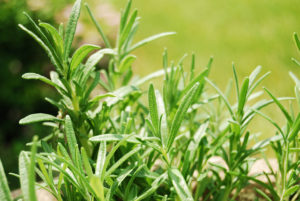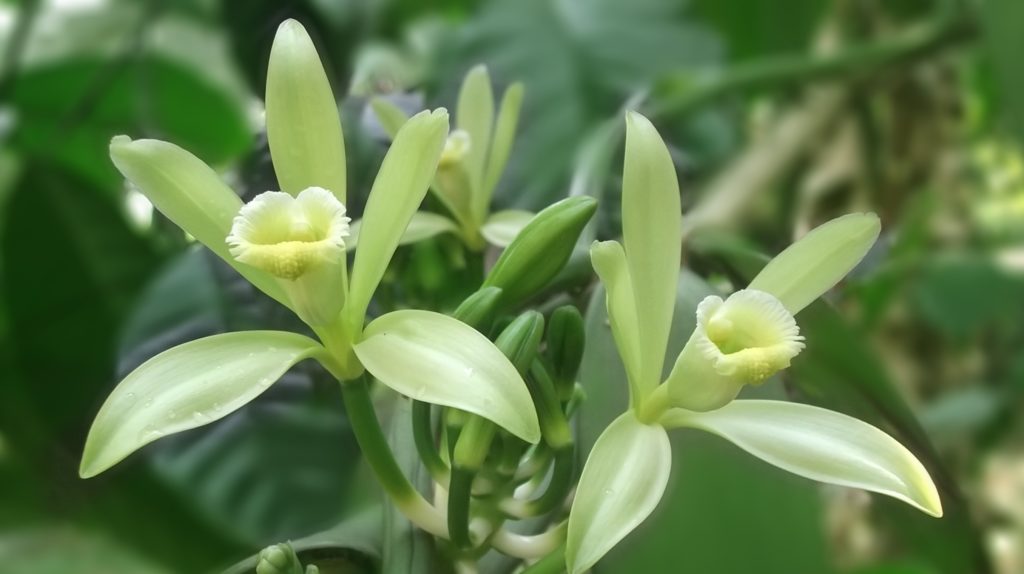Herbs and Spices: Are They Different?
go.ncsu.edu/readext?580125
en Español / em Português
El inglés es el idioma de control de esta página. En la medida en que haya algún conflicto entre la traducción al inglés y la traducción, el inglés prevalece.
Al hacer clic en el enlace de traducción se activa un servicio de traducción gratuito para convertir la página al español. Al igual que con cualquier traducción por Internet, la conversión no es sensible al contexto y puede que no traduzca el texto en su significado original. NC State Extension no garantiza la exactitud del texto traducido. Por favor, tenga en cuenta que algunas aplicaciones y/o servicios pueden no funcionar como se espera cuando se traducen.
Português
Inglês é o idioma de controle desta página. Na medida que haja algum conflito entre o texto original em Inglês e a tradução, o Inglês prevalece.
Ao clicar no link de tradução, um serviço gratuito de tradução será ativado para converter a página para o Português. Como em qualquer tradução pela internet, a conversão não é sensivel ao contexto e pode não ocorrer a tradução para o significado orginal. O serviço de Extensão da Carolina do Norte (NC State Extension) não garante a exatidão do texto traduzido. Por favor, observe que algumas funções ou serviços podem não funcionar como esperado após a tradução.
English
English is the controlling language of this page. To the extent there is any conflict between the English text and the translation, English controls.
Clicking on the translation link activates a free translation service to convert the page to Spanish. As with any Internet translation, the conversion is not context-sensitive and may not translate the text to its original meaning. NC State Extension does not guarantee the accuracy of the translated text. Please note that some applications and/or services may not function as expected when translated.
Collapse ▲
Rosemary (Source from Alice Henneman via Flickr)
Increasing your herbs and spices in meals is great in capturing more flavor in your dishes as well as decreasing the use of sodium and sugar. Many have used the terms herbs and spices interchangeably.
However, both are actually different based on the part of the plant they come from. According to Iowa State Cooperative Extension, Herbs are typically from the leaves of plants and are usually coming from non-woody plants. These include basil, thyme, and oregano. Although it may grow from woody stems, Rosemary is considered an herb as well. Spices originate from both the woody and herbaceous plants. They can originate from the root, flower, seed, fruit, or bark from the plant. Examples include coriander from the seed of the cilantro/coriander plant, cinnamon from the bark of the tree, and vanilla which is the undeveloped fruit from its orchid plant.
Lastly, herbs provide a lighter touch of flavor, whereas spices are slightly more potent, therefore used in smaller amounts. But, always remember, that no matter what the spice or herb may be, try to incorporate more in your dishes to supplement the overuse of sodium and sugar.
References
Herbs vs. Spices – Iowa State University Extension and Outreach – Horticulture and Home Pest News





